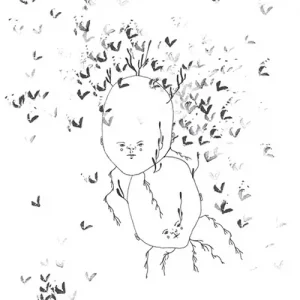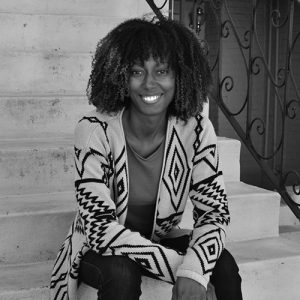Printmaking
Cultivate an individual expression. Experiment with traditional and digital printing processes. Leave an impression.
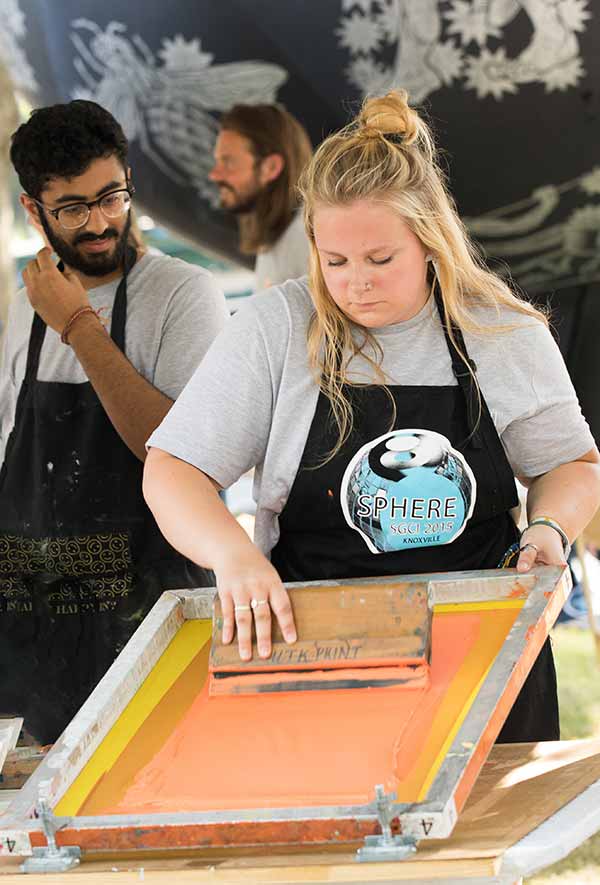
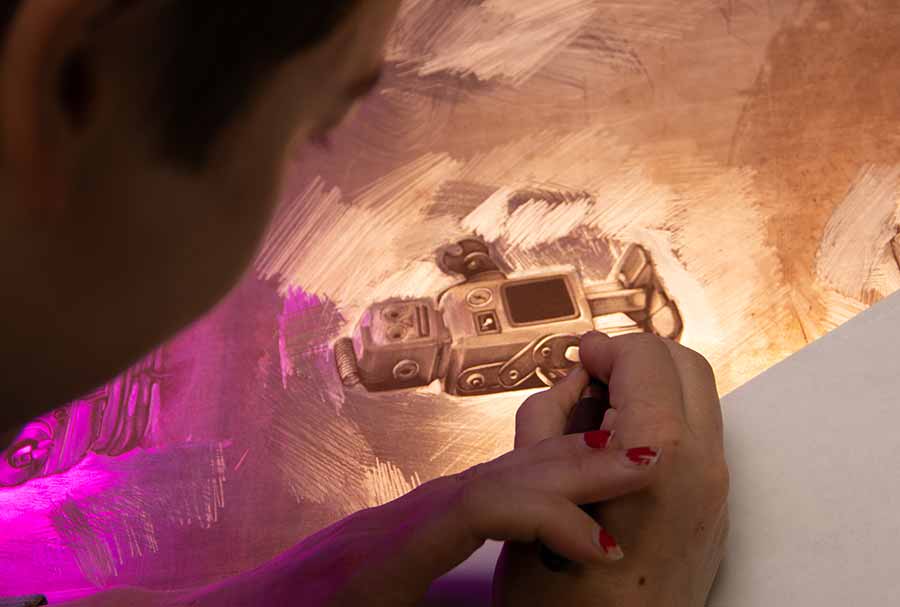
DESIGN YOUR EXPERIENCE
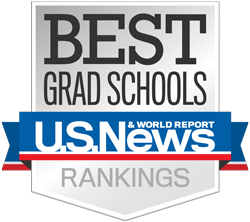
Our graduate program is ranked #4 nationally (#3 publicly) by U.S. News and World Report.
The field of printmaking includes a range of processes with which artists can create images and express complex ideas. The School of Art offers graduate and undergraduate programs in printmaking as well as a minor and elective courses for non-art majors. The expansive UT Printmaking Studio and UT Letterpress Studio feature an impressive range of rollers, presses, and printers that enable our students to explore historical and contemporary printing processes. Graduates of our programs go on to secure successful careers as academics, independent artists, and creative professionals.
Programs in Printmaking
Master of Fine Arts
The Master of Fine Arts degree in studio art with a concentration in printmaking offers students a rigorous, three-year interdisciplinary course of study. Our award-winning faculty mentor students to investigate critical, conceptual, and historical issues through structured coursework and self-directed studio practices. Graduate students have the opportunity to teach undergraduate courses or assist senior faculty in classrooms, labs, and workshops. Explore the options below to learn more about our graduate program.
Email faculty representative Koichi Yamamoto
Degree Requirements
Offered Courses
- ART 503 Theory/Practice/Art Fundamentals
- ART 504 First-Semester Graduate Seminar
- ART 507 Professional Practice: Teaching Internship
- ART 561 Graduate Printmaking I
- ART 562 Graduate Printmaking II
- ART 595 Visiting Artist Seminar
Option: Art History Minor
A graduate minor in art history may be arranged during the student’s first semester of study with the consent of the student’s area instructors and the art history faculty. After a review of previous undergraduate coursework, students must complete a minimum of 12 approved credit hours in art history. A reading knowledge of French, German, or Italian is a prerequisite, unless waived by the art history faculty. Graduate Council policy stipulates that a member from the minor unit must serve on the thesis committee.
Bachelor of Arts or Bachelor of Fine Arts
The School of Art offers a Bachelor of Arts degree in studio art and a Bachelor of Fine Arts degree in studio art to students interested in printmaking. The Bachelor of Arts curriculum includes a higher percentage of general education courses for students pursuing a broader liberal arts education, whereas the Bachelor of Fine Arts curriculum includes more studio courses for students considering careers or graduate study in the visual arts. Our faculty’s expertise covers a broad range of processes, including intaglio, lithography, screen printing, relief printing, bookmaking, and papermaking. Undergraduate printmaking students hone their technical and conceptual skills while developing their own creative voice. Explore the options below to learn more about our undergraduate programs.
Degree Requirements
Offered Courses
- ARTA 262 Intaglio
- ARTA 263 Lithography
- ARTA 264 Screen Printing
- ARTA: 265 Relief Printing
- ARTA 266 Monoprint
- ARTA 291 Book Arts and Papermaking
- ARTA 361 Intermediate Printmaking Workshop
- ARTA 461 Advanced Printmaking Workshop
Minor
The School of Art offers a studio art minor for students interested in printmaking while pursuing other fields of study. Explore the options below to learn more about our minor program.
Minor Requirements
Offered Courses
- ARTA 262 Intaglio
- ARTA 263 Lithography
- ARTA 264 Screen Printing
- ARTA: 265 Relief Printing
- ARTA 266 Monoprint
- ARTA 291 Book Arts and Papermaking
- ARTA 361 Intermediate Printmaking Workshop
- ARTA 461 Advanced Printmaking Workshop
Non-Major Electives
The School of Art offers courses in printmaking for non-art majors. Explore the option below to learn more about our non-major electives.
Offered Courses
- ARTN 262 Non-Major Intro to Intaglio (Printmaking)
- ARTN 263 Non-Major Intro to Lithography (Printmaking)
- ARTN 264 Non-Major Intro to Screen Printing
- ARTN 265 Non-Major Intro to Relief (Printmaking)
- ARTN 291 Non-Major Intro to Book Arts and Papermaking
Faculty
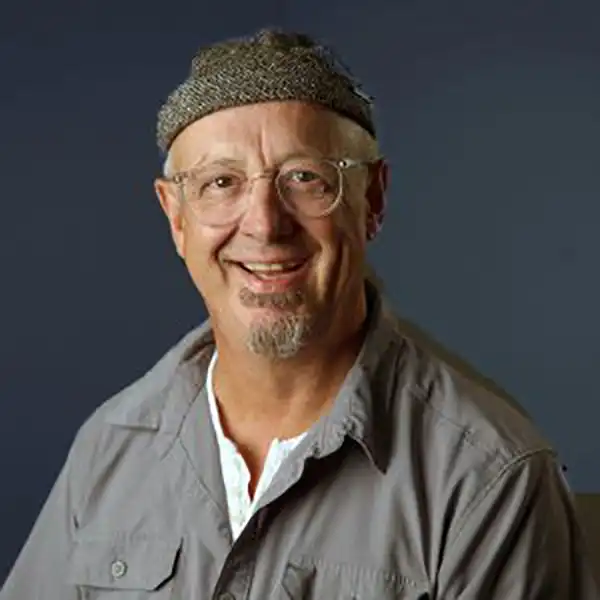
Beauvais Lyons
Divisional Dean for Arts and Humanities and Chancellor’s Professor
Area of Study: Printmaking
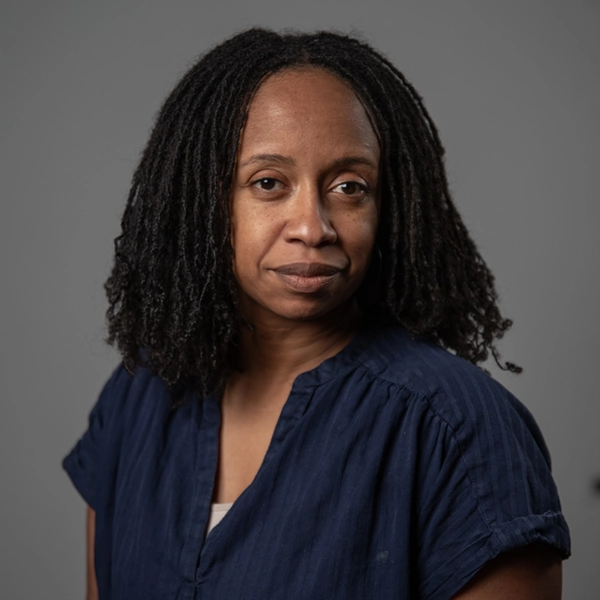
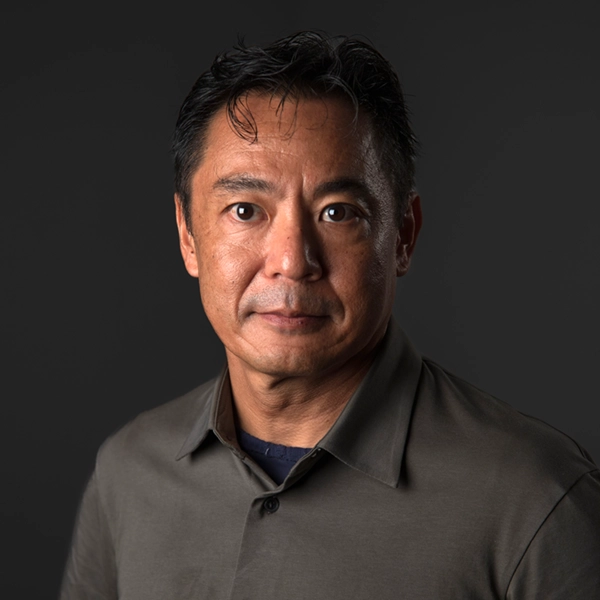
Printmaking News
Resources
Artist-in-Residence Program and Visiting Artists and Scholars Program
Facilities
Helpful Links and Videos
Journals
Resources
- Printmaking quotes
- “New and Old Generations: Teaching Printmaking”
- Digital Applications with Traditional Printmaking
Videos
History
Internships and Workshops
Professional Organizations
